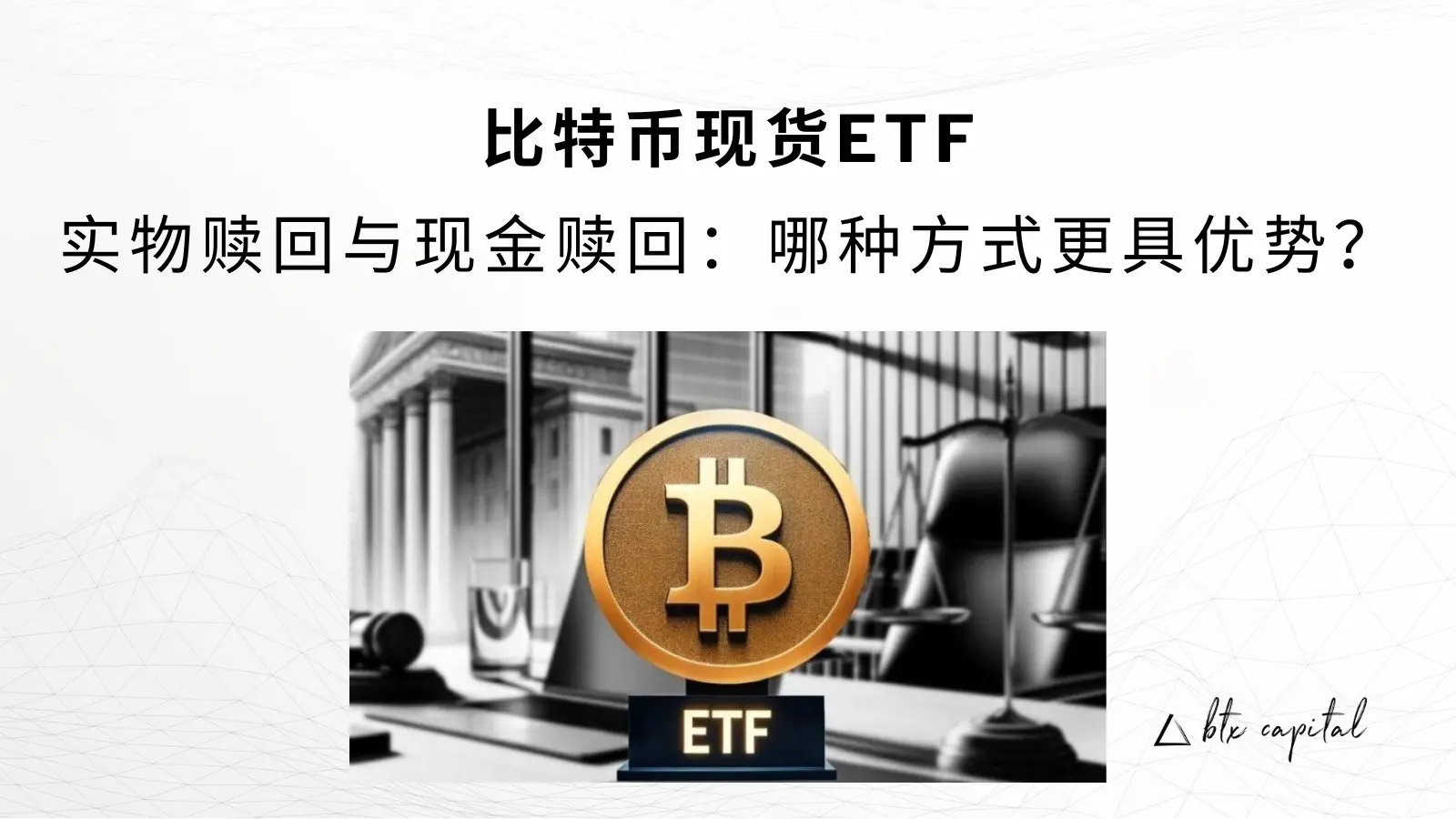U.S. inflation unexpectedly rises, highlighting challenges for the Federal Reserve
Source: FT Chinese Network
In February, the U.S. inflation rate was 3.2%, up from 3.1% in January, prompting some to warn that the U.S. central bank may need to wait longer than previously expected to lower the currently high interest rates, which are at a 23-year peak.
Last month, the U.S. inflation rate unexpectedly rose to 3.2%, highlighting the challenges faced by the Federal Reserve in its "last mile" efforts to combat rising prices.
Economists surveyed by Bloomberg had previously expected the year-on-year consumer price inflation rate to remain at January's level of 3.1%.
However, the increase reported on Tuesday—mainly driven by rising prices in services such as auto insurance and healthcare—led some to warn that the U.S. central bank may need to wait longer than previously anticipated to lower the currently high interest rates.
"These inflation data suggest that the Federal Reserve will face a more tumultuous period ahead," said Eswar Prasad, a professor at Cornell University.
"Although the U.S. economy has held up relatively well so far, the risk is that stubborn inflation and the Fed's response could turn a soft landing into a stagflation scenario."
For the Federal Reserve, which will release its latest forecast on the number of rate cuts in 2024 next week, Tuesday's data will have a significant impact on its thinking. It is also expected that the U.S. central bank will keep interest rates unchanged in the range of 5.25% to 5.5% during its meeting on March 20.
Diane Swonk, chief economist at KPMG US, stated that the latest inflation data will strengthen the resolve of the Fed's hawks, who wish to maintain higher rates for a longer period to ensure inflation returns to its 2% target.
"There will be very intense debates during the March meeting," she said.
The U.S. central bank currently expects to cut rates three times this year, while the market anticipates three to four cuts starting in June or July.
"The Fed is likely still on track to cut rates in June," said Andrew Hollenhorst, an economist at Citi. He added, "The inflation data from the past two months shows the difficulty of bringing inflation back to target levels."
Interest rates and inflation trends are a major concern for President Joe Biden, who is seeking to position his management of the economy as a central theme in his campaign against Donald Trump. With the election coming up in November, Biden is currently trailing Trump in polls.
On Tuesday, the U.S. president criticized Republicans for having "no plan to lower the cost of living" and emphasized his commitment to addressing corporate price gouging.
As investors adjusted their bets on the timing of Fed rate cuts, government bond prices fell slightly. The yield on the two-year U.S. Treasury bond, which is sensitive to interest rate expectations, rose by 0.06 percentage points to 4.59%. Bond yields move inversely to prices.

The yield on the benchmark 10-year U.S. Treasury bond also rose by 0.05 percentage points to 4.15%.
The dollar index, which tracks the dollar against a basket of six other currencies, rose by 0.2% on the day.
U.S. stocks closed higher on Tuesday, with the Wall Street benchmark S&P 500 index rising by 1.1% to a record high, and the tech-heavy Nasdaq Composite index rising by 1.5%.
"We haven't seen more negative reactions, which is surprising," said Tim Murray of T. Rowe Price. "The last mile of bringing inflation down—from 3% to 2%—will be much harder than bringing it down from 9% to 3%."
He added that market expectations for rate cuts are "constantly being pushed back… you have to wonder how many cuts we will ultimately see."
However, Wylie Tollette, chief investment officer at Franklin Templeton Investment Solutions, stated that Tuesday's inflation data was "almost perfect for sustaining the market rally, as it is neither too hot nor too cold."
The Consumer Price Index (CPI) released by the Bureau of Labor Statistics showed that the core inflation rate, excluding food and energy costs, was 3.8%, down from 3.9% in January. Economists had previously expected this measure—seen as a better indicator of underlying price pressures—to fall to 3.7%.
The overall month-on-month inflation rate accelerated from 0.3% in January to 0.4% in February.
The Fed is targeting another inflation measure—the Personal Consumption Expenditures (PCE) price index. However, since the PCE data for February will not be released until after the Fed's meeting on March 20, the CPI data is expected to influence the deliberations of rate setters.









